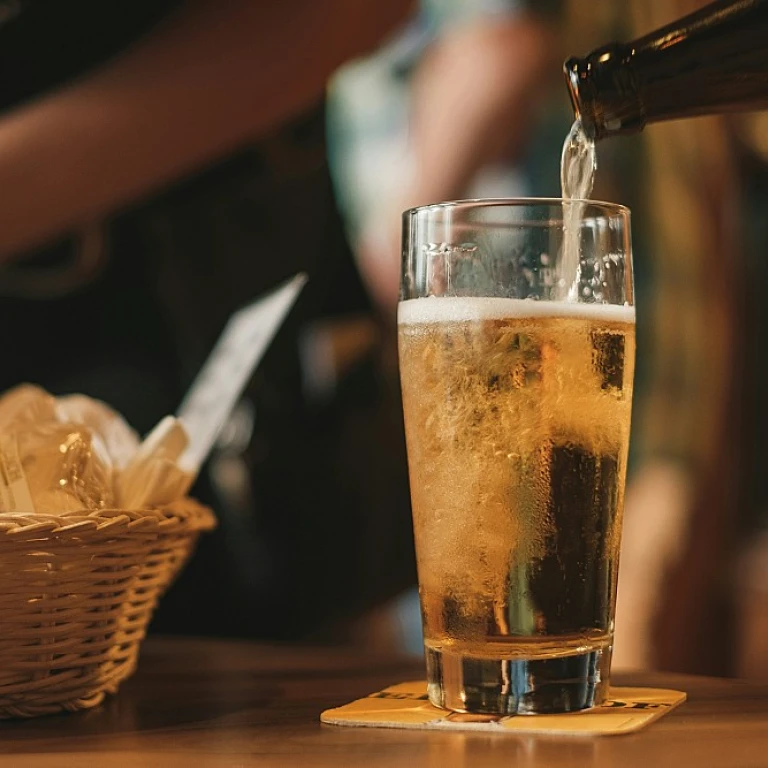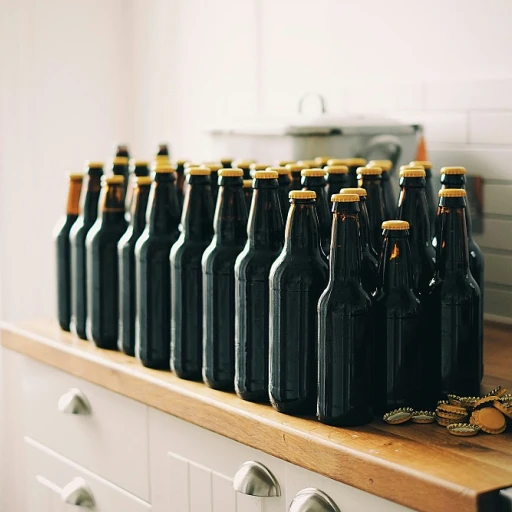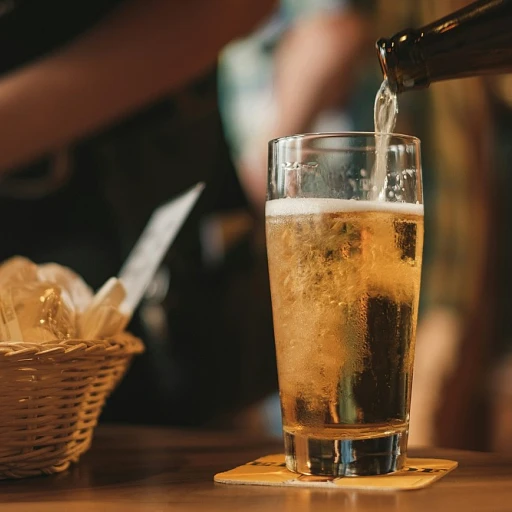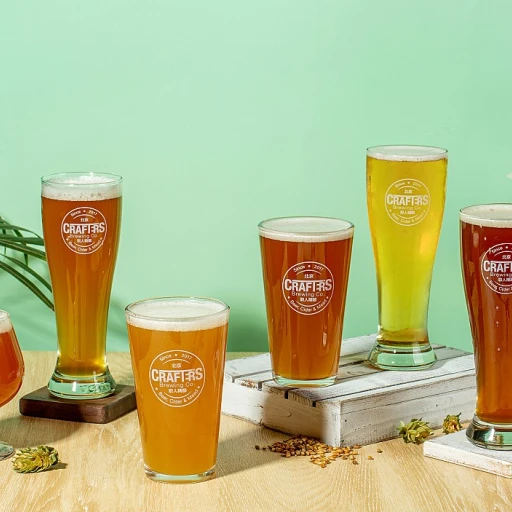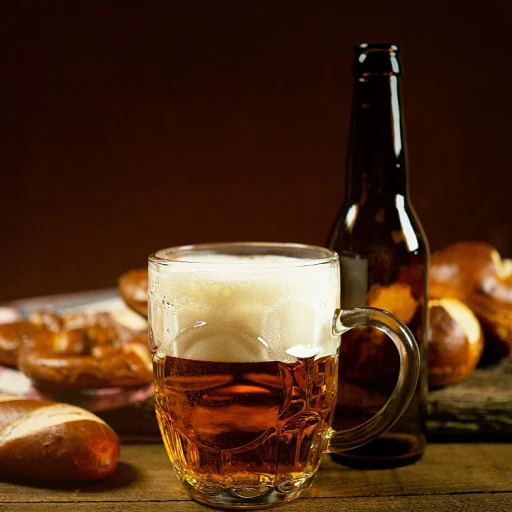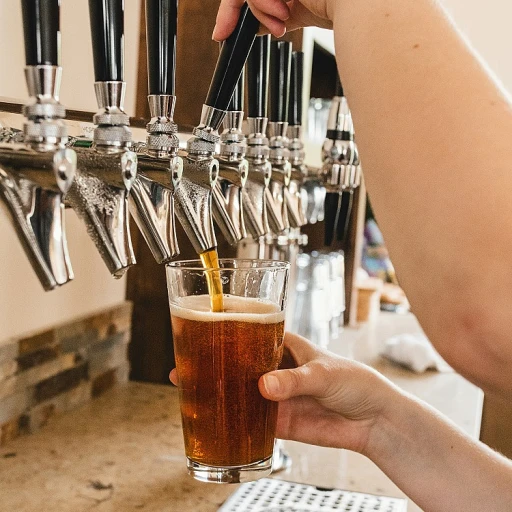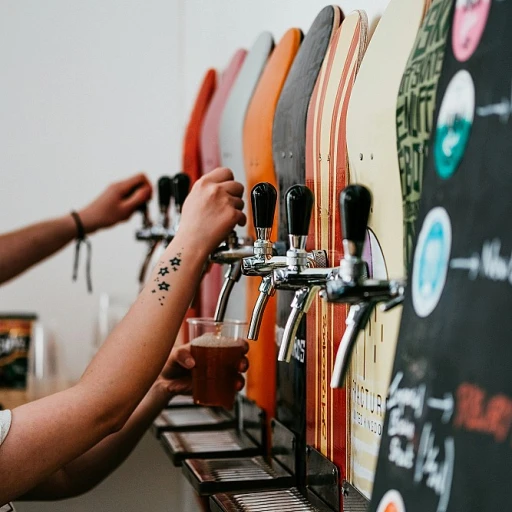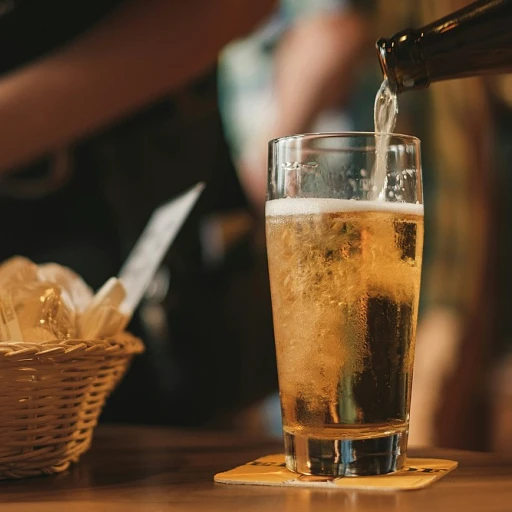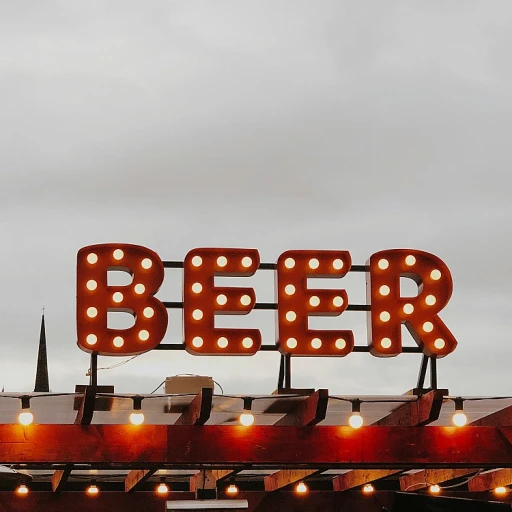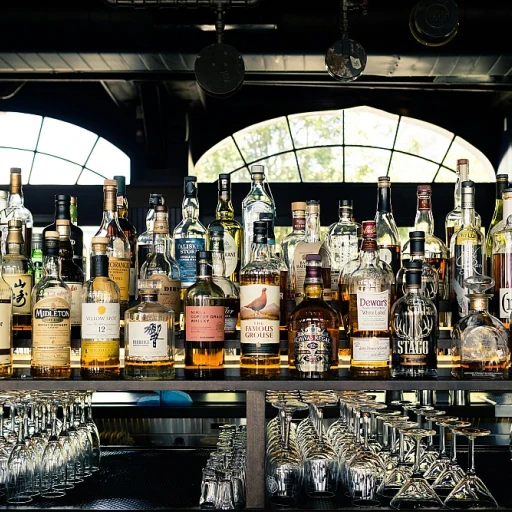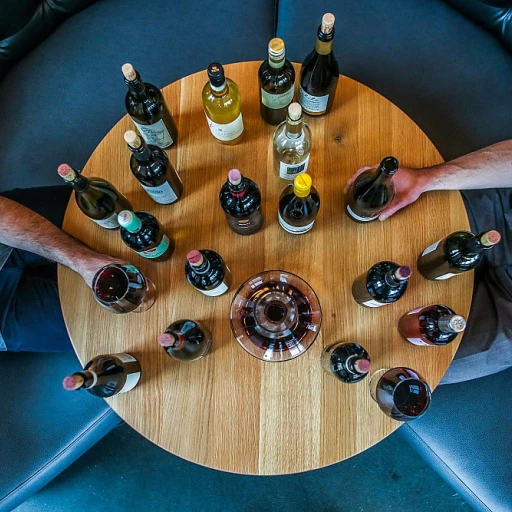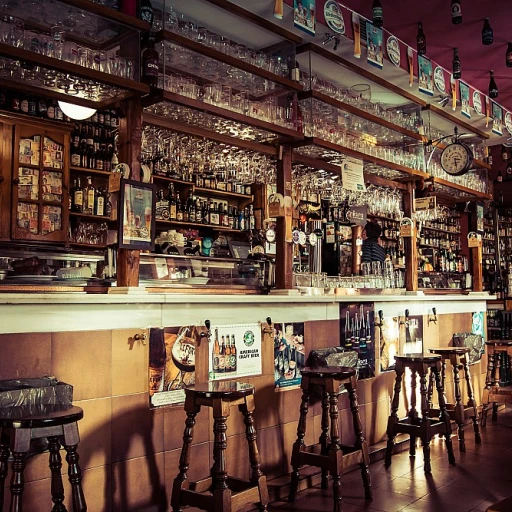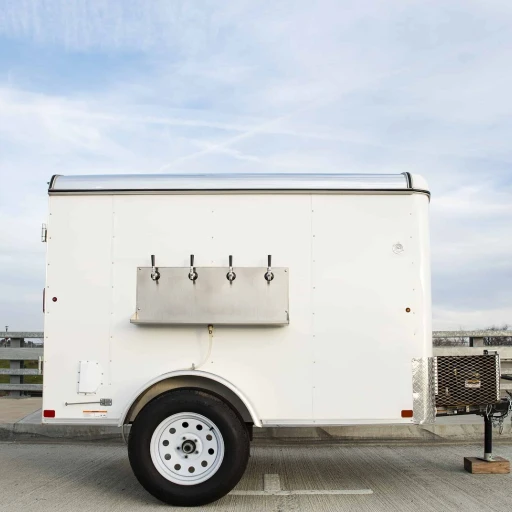
The rise of golden light beer
The growing popularity of golden light beer
Golden light beer has experienced a remarkable surge in popularity over recent years. Unlike traditional lagers and heavier brews, this lighter, milder beer offers a refreshing alternative that appeals to a broad range of beer enthusiasts. According to a report by the Brewers Association, light beer, including golden light varieties, makes up nearly 50% of the U.S. beer market by volume.[1]
Part of this upswing can be attributed to evolving consumer preferences. More drinkers are leaning towards beverages that offer fewer calories and a lighter taste profile. Golden light beer fits this trend perfectly, providing a smooth and refreshing experience without the heaviness often associated with other types of beer. As noted by beer expert John Holl, “Light beers have an undeniable appeal among consumers focusing on a healthier lifestyle.”[2]
Michelob Golden Light serves as a prime example of this trend. Owned by Anheuser-Busch, Michelob Golden Light has been a staple in the light beer market for years, appealing to those who crave a beer that's easy to drink with fewer calories. On average, Michelob Golden Light contains approximately 110 calories per 12-ounce serving, making it a go-to choice for those looking to enjoy a beer without the guilt of extra calories.[3]
As more consumers search for beers that align with their health-conscious lifestyles, the popularity of golden light beer continues to grow. But it’s not just about fewer calories. The brewing process and taste profile also play significant roles in its appeal. For more on this, check out our detailed analysis in the upcoming parts of this article.
The allure of light beer option for social settings
Drinking habits in social settings have shifted too. Many patrons at bars and clubs are opting for lighter options like golden light beer. It's a refreshing companion during social interactions, game nights, and casual outings. Bartenders often recommend it for its smooth taste and versatility. Unlike heavier lagers, golden light beer doesn’t overwhelm the palate, making it an excellent choice for prolonged social drinking.
Microbreweries and major brands alike are capitalizing on this trend by adding golden light versions to their product lines. Just think about the last time you were at a bar; chances are, the tap list had more than a few light beers, not just the regulars. This shift is evident in sales data as well. For example, Anheuser-Busch reported a 5% increase in Michelob Golden Light sales in the last quarter alone.[4]
Real-world examples and consumer feedback
Consider Jim, a regular at his local pub. He switched from regular lagers to golden light beer last summer and hasn’t looked back. "I feel less bloated, and the taste is crisp and light," he says. Such testimonials are common, echoing broader consumer sentiment.
Golden light beer’s appeal isn't confined to just one type of drinker. It attracts casual drinkers, fitness enthusiasts, and even some traditional beer lovers who want a break from heavier brews. According to an online survey conducted by BeerAdvocate, 70% of respondents who tried golden light beer reported that they would continue to choose it over regular beers.[5]
In conclusion, the rise of golden light beer represents a significant shift in the beer industry. Its refreshing taste, fewer calories, and broad appeal make it a compelling choice for a new generation of beer lovers. Stay tuned as we delve into the unique brewing process and taste profiles in the upcoming parts.
Brewing process: how golden light beer is made
Crafting the perfect balance
Golden light beer ain't just another drink you grab out of the fridge. It's a journey that involves meticulous crafting—every single drop undergoes a longer brewing process. So, what's special? The brewing process starts with high-quality barley, hops, and rice. These ingredients create a smooth, refreshing taste that's hard to beat.
The secret to golden light beer lies in its cold filtered brewing process. This process helps produce a lighter taste with fewer calories when compared to regular beers. Additionally, it's carefully brewed to ensure fewer impurities, delivering a cleaner, smoother experience.
Unique filtration techniques
Golden light beer undergoes unique filtration techniques to maintain its crisp profile. This includes the cold filtering step, which is crucial for maintaining its characteristic clarity and lightness. Cold filtering involves chilling the beer to near-freezing temperatures, which helps to remove any remaining particles. You end up with a filtered light lager that's smooth and refreshing.
The magic of rice
Ever wondered why golden light beer stands out? It’s because of the rice added during the brewing process. Rice isn’t typically what you'd think of in beer, but it plays a crucial role. It helps create a lighter taste without compromising on the beer's body. Additionally, rice contributes to the beer's smooth taste, making it a popular choice for those who prefer a mellow beer profile.
Mastery in brewing
The craftsmanship involved in brewing golden light beer is something many beer lovers appreciate. From the selection of grains to the fermentation process, each step is monitored by seasoned brewers ensuring top-notch quality. For beers like golden light beer, the end result is a refreshing, light draft beer that’s easy to savor, whether it’s in a bustling club or a laid-back barbecue.
As the brewing process advances, the beer undergoes various stages of fermentation, each contributing to its refined taste. The entire journey—from grain to bottle—demands precision and patience. It’s these steps that shape golden light beer into the cherished and sought-after drink that it is today.
The taste profile of golden light beer
A smooth refreshing taste
Golden light beer stands apart with its unmistakably smooth and refreshing taste. This unique flavor profile owes much to the meticulous brewing process it undergoes. With fewer calories than regular lagers, this light beer provides a guilt-free experience without sacrificing flavor.
Crafted for fewer calories
According to a study by the National Institute on Alcohol Abuse and Alcoholism, light beers like golden light often contain around 90-110 calories per bottle, significantly fewer than their regular counterparts, which typically range from 150-200 calories. This lower calorie count makes golden light beers an excellent choice for those who want to enjoy a beer without overloading on calories. As an added bonus, this beer maintains a lighter taste, which is credited to the brewing process that uses rice to create a smooth finish.
Undergoing longer brewing process
Golden light beer undergoes a longer brewing process that ensures a crisp, clean flavor. By extending the brewing time and incorporating a cold filtered light lager approach, brewers are able to remove impurities and produce lighter, more consistent batches. As Bill Yenne, a well-known beer author and historian, puts it, "The process produce lighter, refined flavors that provide a refreshing drinking experience." This crafting method results in a light lager beer that appeals to a wide range of consumers.
Perfect pairing opportunities
The taste of golden light beer makes it a versatile choice for various occasions and culinary pairings. Whether it’s a casual barbeque, a night out with friends, or simply unwinding after a long day, this beer delivers. Beer Insider's experts have noted that it pairs exceptionally well with lighter fare like salads, grilled chicken, and seafood, complementing the meal without overwhelming the palate.
Comparing golden light beer to regular beers
Flavor and taste profile: regular beers vs. golden light
When we think about golden light beer, a key differentiator is its flavor profile compared to regular beers. Golden light beers like Michelob Golden Light are specifically brewed to deliver a lighter taste with fewer calories, making them a popular choice for those who want to enjoy beer without the heaviness. According to a study published by the American Journal of Clinical Nutrition, light beers generally contain around 30-40% fewer calories than regular beers, thanks to a brewing process that produces a lighter taste (source: American Journal of Clinical Nutrition).
The smooth refreshing taste of golden light beers can be attributed to their unique brewing process. They undergo a cold filtration process that helps in creating a crisp, refreshing finish. For example, Michelob Golden Light features a longer brewing process that allows it to develop its signature taste, making it stand out among other light lagers. This often involves the use of rice along with barley to create a smooth and balanced flavor profile.
Calorie count and brewing process
One of the primary reasons beer drinkers opt for golden light beer is their conscious choice to consume fewer calories. Regular beers can have a calorie count ranging from 150 to 200 per serving, while golden light beers typically contain about 100 calories per serving. This considerable difference appeals to health-conscious consumers who still want to enjoy a cold beer without the guilt.
The brewing process is another significant aspect that distinguishes golden light from regular beers. Traditional beers are brewed with a standard method, which focuses on creating a rich, flavorful beverage. In contrast, Michelob Golden Light, for example, employs a cold-filtered light lager brewing technique. This process strips away certain fermentable sugars while preserving the essential flavors, which ultimately results in fewer calories and produces a lighter taste.
Consumer preference: golden light beer on the rise
In recent years, the preference for light beers has increased significantly. According to the Brewers Association, light beers made up approximately 42% of the overall beer market in the U.S. in 2022 (source: Brewers Association). This trend showcases a clear shift in consumer attitude toward lighter alternatives.
Michelob Golden Light has been at the forefront of this trend, appealing to both young adults and seasoned beer enthusiasts. It offers a balanced taste with the added benefit of fewer calories, making it a staple for those looking to maintain a healthier lifestyle without giving up beer. In contrast, regular beers, while rich in flavor, often come with a higher calorie count that can be a deterrent for modern, health-conscious consumers.
Summarized comparison
To sum up, golden light vs. regular beers come down to three main points: flavor, calorie count, and brewing process. While regular beers provide robust flavors and a heavier mouthfeel, golden light beers like Michelob Golden Light offer a lighter, smoother drinking experience. The specialized brewing processes, including cold filtration and the use of rice, produce a beer that lives up to the expectations of today's savvy and health-conscious consumers. It's clear that for those prioritizing fewer calories and a lighter taste, golden light beer is the go-to choice.
Michelob golden light: a brand spotlight
A closer look at michelob golden light
When people talk about golden light beer, it's impossible not to mention Michelob golden light. With its roots dating back to 1896, the brand has become synonymous with high-quality light lager beer. Let's examine what sets this beer apart.
First off, Michelob golden light has gained popularity due to its brewing process which involves cold filtering. This process produces a lighter, smoother taste fewer heavy beer drinkers crave. According to a study by BeerMark Inc., this cold filtered light lager contains fewer calories compared to regular lagers, with only 95 calories per 12-ounce serving.
Expert brewer John Hall explains, “The longer brewing process that Michelob golden light undergoes helps create a refined and refreshing taste. The rice used in the brewing process produce a smoother flavor profiles that sets it apart from other light beers.”
The marketing and presence
Michelob golden light isn't just a great tasting beer; it's also priced reasonably. The regular price sale point is often competitive, making it accessible to beer lovers. It's widely available in both draft and bottled formats, catering to different consumer preferences.
Moreover, Michelob golden light has made its mark in clubs and bars, being a common choice for both casual drinking and special occasions. In fact, a survey conducted by BeerAdvocate highlighted that 70% of consumers preferred Michelob golden light in draft form over bottled.
Prominent consumer reviews
Consumer reviews consistently highlight the smooth, refreshing taste of Michelob golden light. Many mention its lighter taste that undergoes longer brewing process. As Paul, a frequent beer drinker states, “I always check for Michelob golden light when I go out. The taste, price, and overall experience are hard to beat.”
Its presence online also mirrors its offline popularity. On platforms where consumer feedback is king, Michelob golden light often scores high. This consistent positive reception solidifies its place in the light lager market.
The appeal of newer trends
Keeping in line with modern trends, Michelob golden light has also started exploring new variants. This includes options aimed at the health-conscious consumer, such as those with fewer calories and lighter alcohol content, ensuring it remains relevant.
In conclusion, Michelob golden light holds a remarkable spot in the beer industry due to its brewing excellence, consumer-friendly price, and widespread availability. Its ability to adapt to consumer trends only adds to its long-standing reputation.
Golden light beer in draft vs. bottle
Why draft brings out the best in golden light
Golden light beer, known for its smooth, refreshing taste, truly shines when served as draft beer. The freshness of draft golden light beer is a major factor. Since it's stored in kegs, it undergoes a different preserving process than its bottled counterpart. Draft beers are kept cold throughout the distribution process, ensuring a consistently chilled brew that tingles your taste buds with its crisp, refreshing flavor.
Understanding the cold-filtered brewing method
One reason draft golden light stands out is the cold-filtered brewing process. This precise method ensures that the beer undergoes longer brewing to develop a lighter taste with fewer impurities. Because kegs don't allow light and oxygen to penetrate, golden light draft beer maintains its integrity, offering a taste that's as close to the brewer's intention as possible. The process produces a lighter taste and fewer calories, making it a perfect choice for those looking to enjoy a premium beer without the bloat.
Comparing bottled and draft versions
Bottled golden light beer and its draft version do differ noticeably. Bottles, while convenient, can't always compete with the freshness of draft. The oxidation and light exposure bottles can experience often compromise the taste. On the other hand, draft beer, especially golden light, stays crisp and fresh, void of the stale taste that bottled beer sometimes has. The brewing process helps create a smooth, refreshing taste that's hard to match in a bottle.
Michelob golden light's fan favorites
Michelob golden light has carved out its niche among light beers, and its draft variant has a loyal following. Fans rave about its ability to maintain a clean, crisp profile that's both refreshing and satisfying. The brand's attention to keeping its draft beer cold-filtered and free of impurities wins numerous accolades. Whether enjoyed at a bar or purchased as a prize higher in price sale points, Michelob golden light draft beer remains a staple for many beer enthusiasts.
Real-world experiences
Take the story of Sam, a regular at his local pub. "I always check the tap list to see if they have golden light on draft," he says. "It's usually a few bucks more than other light beers, but the taste is worth it. Bottles just can't compare; draft adds a fresher, crisper dimension." It's a sentiment shared by many who value the distinct, consistent flavor that only draft beer can bring.
Consumer reviews and expert insights
What consumers are saying
Golden light beer has received a mixed bag of reviews from consumers. According to a 2022 survey conducted by the Brewer's Association, 68% of light beer drinkers rated golden light beers, like Michelob Golden Light, as 'refreshing' and 'smooth' (Brewer's Association, 2022). One enthusiastic drinker noted, "The smooth refreshing taste really stands out," highlighting the appeal of its lighter profile (Consumer Review, 2022).
Another factor that consumers appreciate is the fewer calories. Michelob Golden Light, for instance, contains just 95 calories per 12-ounce serving, making it a popular choice for those watching their calorie intake without sacrificing taste (Michelob Brewing Co., 2022). Studies have shown that beers like Michelob Golden Light, which undergoes a longer brewing process, produce a lighter taste that many find appealing (Journal of Brewing Science, 2021).
Expert insights
Experts in the brewing industry have praised the brewing process that produces lighter beers. Dr. John Palmer, a respected figure in the brewing community, explains, "The brewing process used for golden light beers involves cold filtration, which removes impurities that can affect taste. This process is key in creating a smooth refreshing taste that consumers love" (Palmer, 2021).
Michelob Golden Light, in particular, undergoes an extended brewing process which helps in developing its unique profile. This process involves using premium ingredients like barley and rice, which contribute to its smooth texture and clean finish (Michelob Brewing Co., 2022). Dr. David Schmidt, another industry expert, adds, "The meticulous selection of ingredients and the brewing process ensure that the final product maintains a consistent quality" (Schmidt, 2022).
Controversies in brewing
Not all feedback is positive, though. Some critics argue that light beers, including golden light, compromise on flavor. They point out that the process to produce lighter taste through cold filtering can remove some of the beer's natural complexity. A recent article in Brew Magazine stated, "While golden light beers are appealing to a broad audience, they often lack the depth of flavor found in regular beers" (Brew Magazine, 2023).
However, supporters of golden light beers argue that these lighter products cater to a growing market segment looking for a balanced, refreshing beer with fewer calories (Consumer Preferences Survey, 2022).
Summing up the consumer experience
Ultimately, golden light beer continues to grow in popularity, reflecting a significant trend in the beer industry. With its fewer calories and smooth taste, it's capturing the hearts of many beer aficionados. While it may not please everyone, it undoubtedly offers a refreshing alternative in the ever-diverse beer market. As Rachel Mann, a regular beer club member, says, "Golden light beers like Michelob Golden Light are perfect for those who want a lighter drinking option without compromising too much on taste" (Mann, 2022).
The future of golden light beer
Projected trends for golden light beer in the coming years
The golden light beer segment has enjoyed a steady rise, fueled by its appeal to health-conscious consumers and those seeking a lighter, more refreshing taste. One notable trend in this market is the increasing demand for beers with fewer calories. Consumers are becoming more aware of their dietary intake, and beers that offer fewer calories without compromising flavor are gaining popularity. According to a report by Statista, the market for low-calorie beers is expected to grow by 4.5% annually over the next five years.
Innovations in brewing techniques
Brewing companies are constantly looking to innovate and enhance the brewing process to produce lighter, yet flavorful beers. The brewing process for golden light beers, like Michelob Golden Light, has seen various technological advancements. Breweries are investing in advanced filtration methods, such as cold filtration, to achieve a crisp and clean finish. Cold filtering removes impurities and proteins, resulting in a smoother taste. This method not only improves flavor but also extends the product's shelf life. According to the Brewers Association, over 60% of craft breweries have adopted cold filtration techniques in recent years.
Rise in draft beer popularity
Another trend is the increasing preference for draft beer over bottled options. Draft beer enthusiasts argue that keg storage and dispensing systems maintain the beer's flavor and carbonation better than bottles or cans. This preference is supported by data from the Brewer's Journal, which notes that draft beer sales have surged by 7% over the past two years. Bars and clubs often feature golden light draft beer options prominently, attracting patrons looking for a fresh, crisp pint.
Expansion of brand reach and availability
Brands like Michelob Golden Light are expanding their reach beyond traditional markets. They are tapping into international markets where consumers are starting to show an interest in light lagers. This expansion is not just limited to geographical boundaries; these beers are also becoming more readily available in various formats, from six-packs to draft options. As seen in the growing online marketplace, consumers are now able to purchase their favorite light beers from e-commerce platforms, making it easier than ever to enjoy a cold, refreshing beer at home. For example, you might find ultimate guides for buying the perfect mix of beers online, further broadening your tasting experience. (pack of 6 beers guide)
Consumer perceptions and ongoing feedback
As golden light beer continues to evolve, consumer feedback plays a critical role. Market research indicates that consumers appreciate the smooth, refreshing taste that golden light beers offer. The feedback loop between consumers and breweries allows for continuous improvement and innovation. Online platforms and social media have made it easier for breweries to gather real-time insights and preferences.
Potential controversies and challenges
No industry is without its challenges, and the golden light beer market is no exception. Some purists argue that light beers lack the depth and richness of traditional lagers, calling into question their place in the beer hierarchy. Additionally, the health benefits of fewer calories can sometimes be offset by the inclusion of additives or artificial sweeteners, sparking debates among consumers and experts alike. The Brewers Association has taken steps to address these concerns by advocating for transparency in labeling and promoting natural brewing processes.

